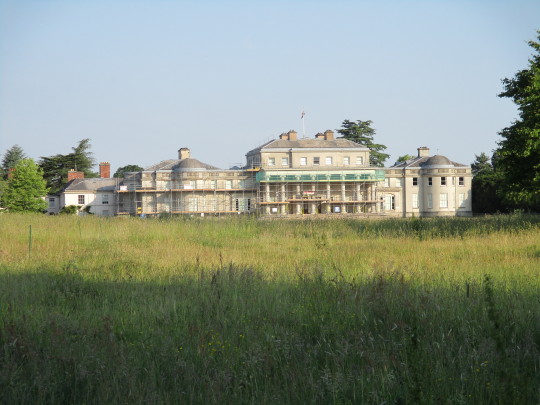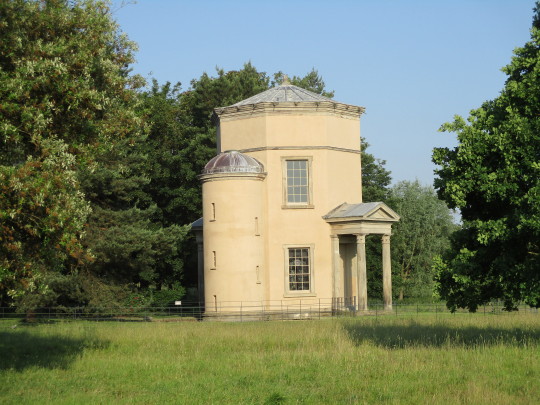#Shugborough
Text
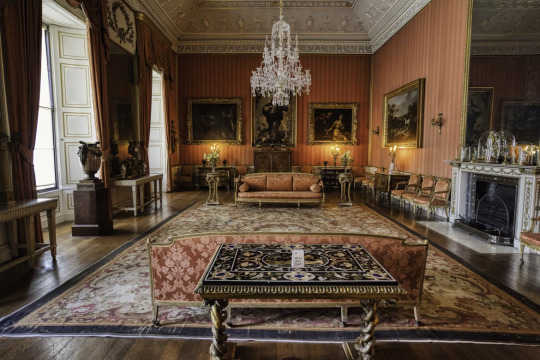

Shugborough Hall, Great Haywood, Staffordshire, UK
ian kelsall
Home to the Anson family since 1624, it was once described as ‘a perfect paradise’. Visit this important piece of Staffordshire's heritage for a full day of discoveries.
The stories of Shugborough are entangled with the exploits and interests of two brothers, Thomas and George Anson. Their fortunes and their social position shaped Shugborough; understanding the origins of their power helps us to interpret the ideas and materials which flooded into Britain throughout the 18th century, furnishing homes, forging fashions and changing culture.
Read more here
#Shugborough Hall#Great Haywood#Staffordshire#UK#Europe#United Kingdom#England#Interior#UKArchitecture#Shugborough#Stafford
2 notes
·
View notes
Text

"It was so nice to feel heard after so long feeling like I didn’t exist in a world that I don’t seem to have a voice in."
New Blog Post: https://www.bloomingmindfulness.co.uk/hope-for-accessibility/
0 notes
Text
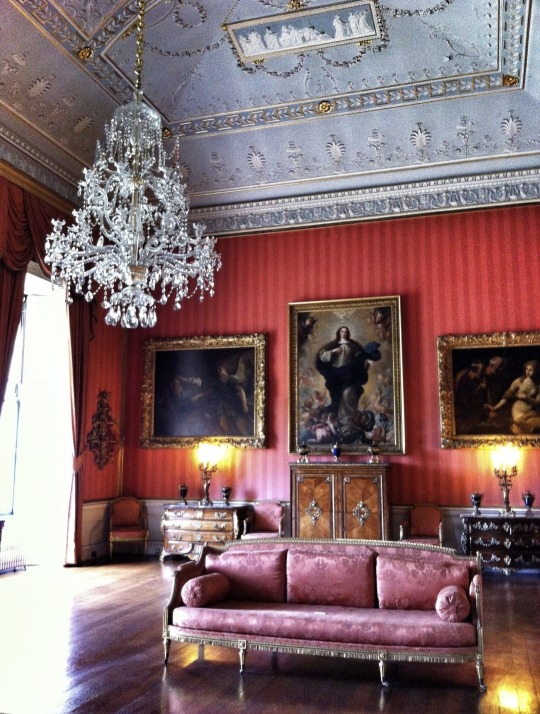
46 notes
·
View notes
Text

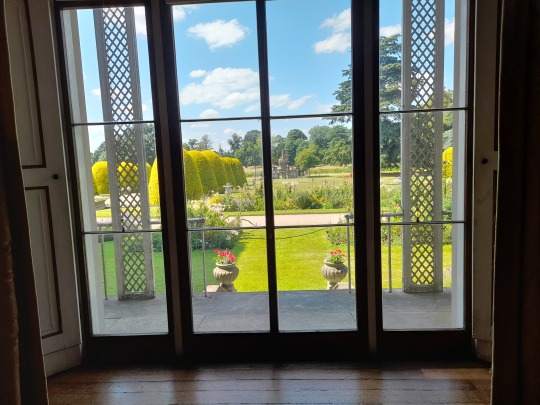
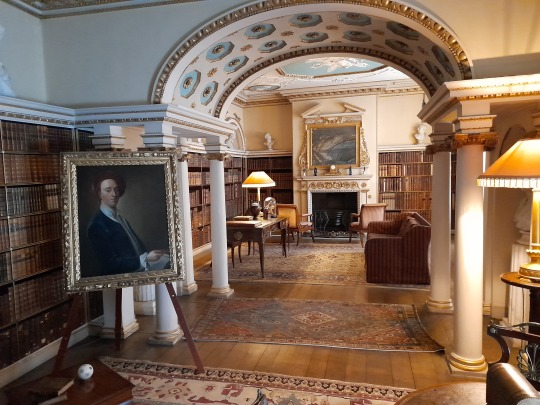
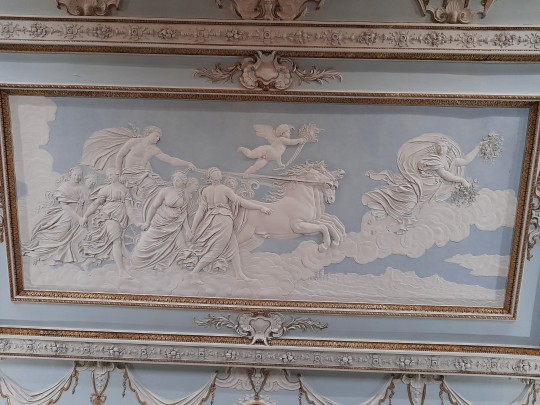

Shugborough Hall. (Cannock Chase 2023)
#travel#shugborough hall#cannock chase#staffordshire#england#no filter#country house#stately home#neoclassicism#neoclassical
4 notes
·
View notes
Text
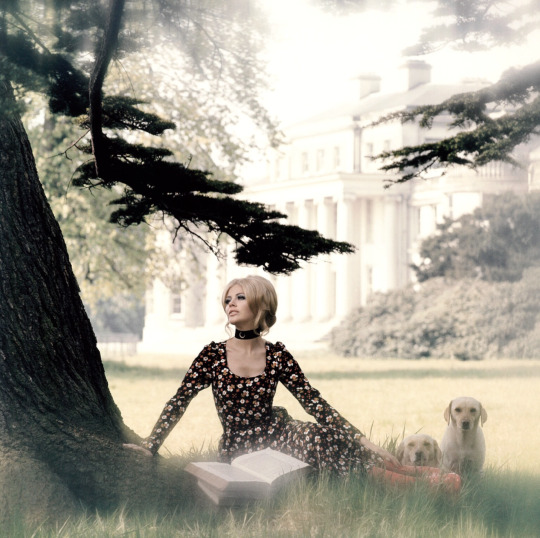
Britt Ekland photographed by Patrick Lichfield for Vogue at the grounds of Litchfield's home, Shugborough, in May of 1970.
532 notes
·
View notes
Text
The Shepherds Monument contains a secret code that has confounded some of the finest minds of the past 250 years, and proved irresistible to hundreds of conspiracy theorists. So what does it really mean?
21 notes
·
View notes
Text
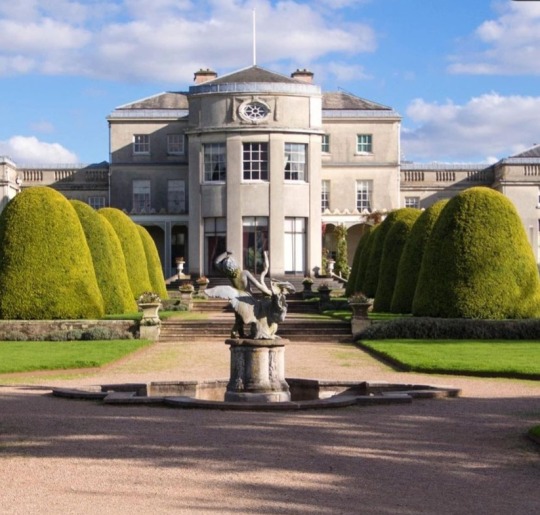
Shugborough Hall, current home to the Earls of Lichfield, Staffordshire England 🇬🇧
49 notes
·
View notes
Note
I'll throw one of my two fav rarepairs in the ring:
Ollivander/Dumbledore and Dumbledore/Slughorn
Thoughts?
(Also on a random note, my phone tried to autocorrect Slughorn to Shugborough. I'm now going to google wtf that even is)
thank you very much for the ask, anon! and thank you to your autocorrect for advertising shugborough hall and gardens... technology is a fan of the national trust, who knew?
albus dumbledore/garrick ollivander
i'm hugely compelled by this one, because i think you've got the same thing which makes grindledore so tasty - that sort of all-consuming passion fuelled by a shared [and not always moral] intellectual interest. canonically, ollivander has a slightly voldemort-ish belief in the power of magic alone, rather than in a divide between light or dark magic, and we also know that this is how dumbledore once thought of things too. i think you could do something quite fabulously messy with these two...
and the pairing also allows me to indulge a headcanon that i am wedded to - that dumbledore asks ollivander to make him the paired phoenix wands with the expectation that he will keep the holly one for himself and give the yew one to grindlewald.
albus dumbledore/horace slughorn
this one is - if you ask me [which, let's be fair, you have] - more of a crack ship, but no less excellent for it.
obviously, both slughorn and dumbledore are giving... "confirmed bachelor", which eliminates one problem, and they also have a shared interest in doing nothing to help their orphaned pupils thrive at hogwarts beyond clocking them as hotties. they also have a shared sweet tooth - i bet our horace would love to let dumbledore have a little rummage in his box of crystallised pineapple.
but it's also clear that slughorn thinks that dumbledore's a machiavellian eccentric and dumbledore thinks that slughorn's a gluttonous gold-digger. i like the idea of each of them thinking they have the upper hand in the relationship [and of each of them repeatedly assuring themselves that they don't actually like the other], as they chuckle contentedly about what an idiot their boyfriend is.
#asks answered#asenora's opinions on ships#ship names for these?#dollivander#slugdore#albus dumbledore#garrick ollivander#horace slughorn
15 notes
·
View notes
Text
I’ve just been to visit Shugborough Estate and to see Lord Lichfield’s private apartments.
There’s lots of photographs of the Royal Family and Anne taken by Patrick Lichfield on display including these ones below. (There was no photography allowed inside the apartments, so I’ve just nicked these from google)
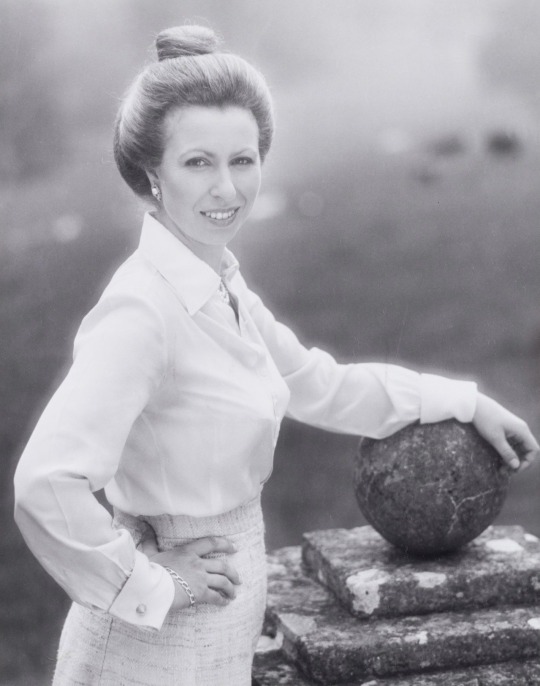
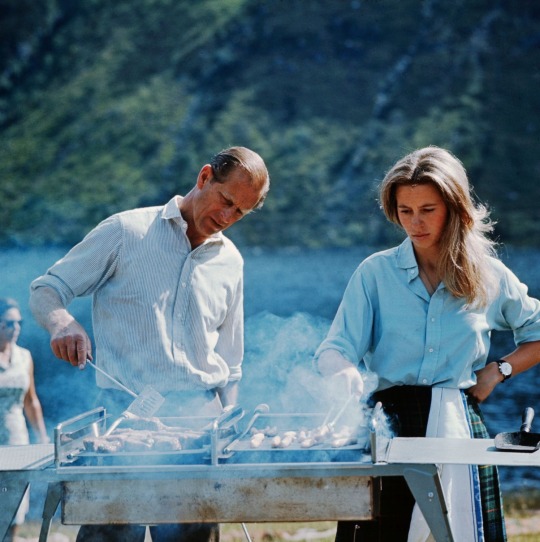

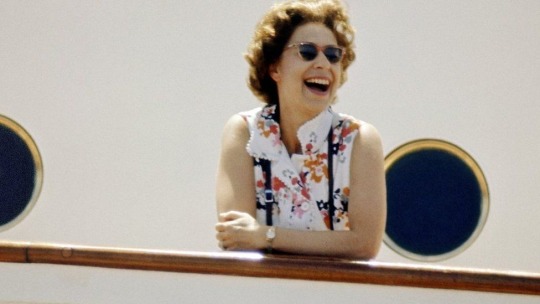

We were speaking to one of the volunteers who pointed out a photo of a teenage Anne on a mini motorbike type thing and he told us that Anne holds the record for the fastest mile along the Shugborough Estate on a mini motorbike (a record that to this day, no one has broken!!🤣)
Also on display are the Lichfield family coronation robes and coronation chairs from the last 4 coronations👑
16 notes
·
View notes
Text
In 2002, UK performance artist Ansuman Biswas responded to Staffordshire County Council’s application for one weekend as a resident hermit (stipend provided) at the Shugborough Estate for an exhibition called “Solitude.” In 2009, Biswas lived a hermit once more, this time spending 40 days and nights in a gothic tower attached to the Manchester Museum. Through a webcam and a blog, Biswas let the public observe his experience.
6 notes
·
View notes
Photo

Britt Ekland photographed in the gardens of Shugborough Hall, Staffordshire, England, ca. 1971. Lichfield Archive.
28 notes
·
View notes
Text
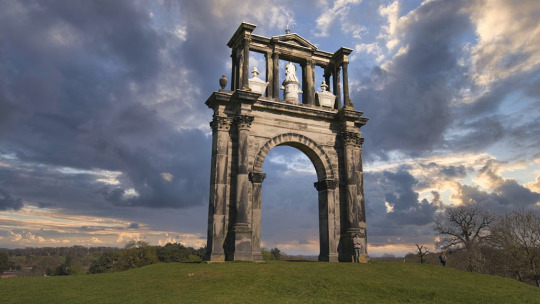
Shugborough Hall, Great Haywood, Stafford, UK
ian kelsall
0 notes
Text
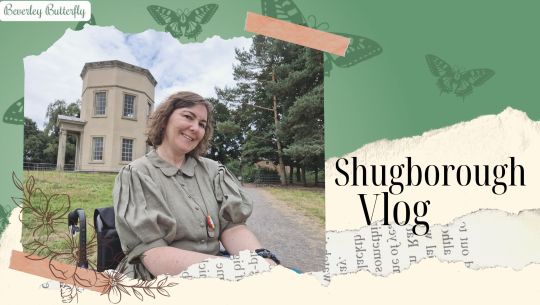
New YouTube Video: Come to Shugborough with us | National Trust vlog hope you enjoy don't forget to share & subscribe xx https://youtu.be/WvPwcTIgfWA
0 notes
Text
Last day in Eastbourne..definitely fell in love with this place!!
On the plus side we are going to Staffordshire next to meet up in real time!
It might not be beside the seaside but we can always go back after,and there some really cute towns nearby to explore to! My favourite place I used to stay at (Shugborough Hall) is just down the road,definitely showing Yondu!

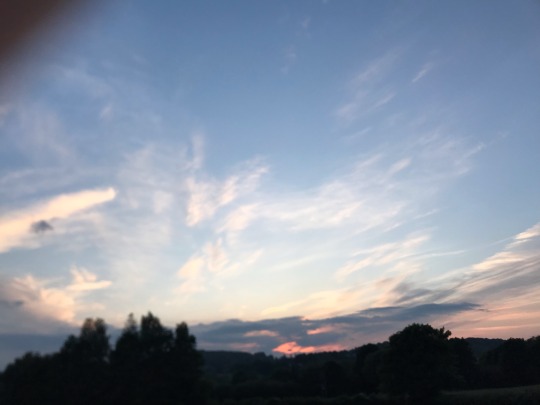

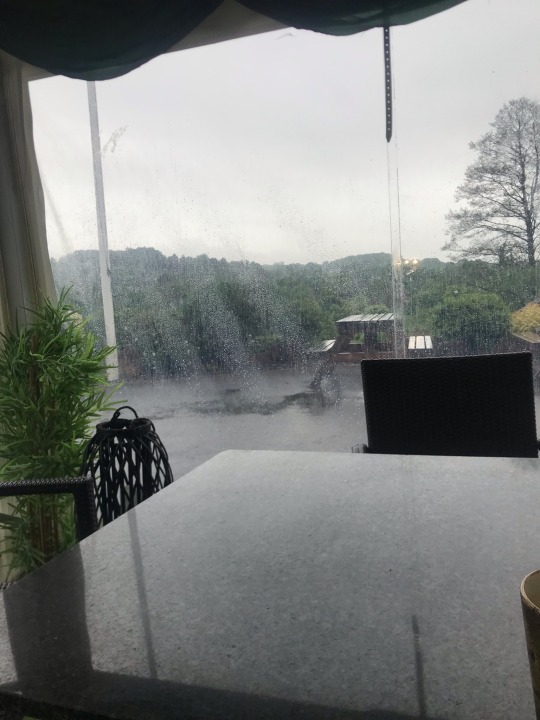
0 notes
Text
The upward contemplation of the splendid life in Chinoiserie
In 1735, a little-known “peintre en toiles” (painter on canvas) named Jean-Antoine Fraisse (1680?–1738/39) published a collection of decorative designs titled “The Book of Chinese Patterns.” This work was inspired by original pieces from Persia, India, China, and Japan, and was dedicated to his patron in Chantilly, Louis-Henri, the Prince of Condé (1692–1740).
After the deaths of Fraisse and the Prince of Condé, Gabriel Huquier (1695–1772) published several subsequent editions of Fraisse’s plates. Due to Huquier’s prominent position in the 18th-century French decorative arts scene, his reissues led to a reassessment of “The Book of Chinese Patterns,” greatly enhancing its significance. The Metropolitan Museum of Art holds the most complete known copy of “The Book of Chinese Patterns” to date, which includes 55 etchings and 8 woodcuts. Huquier, particularly attuned to the tastes and trends of his time, reconfigured Fraisse’s etchings, elevating Jean-Antoine Fraisse from relative obscurity to a more prominent position in the discussion of 18th-century French decorative arts. “The Book of Chinese Patterns” is not merely a product of the Prince of Condé’s imagination; it also reflects the specific tastes of its era and provided a source for various artisanal shops.
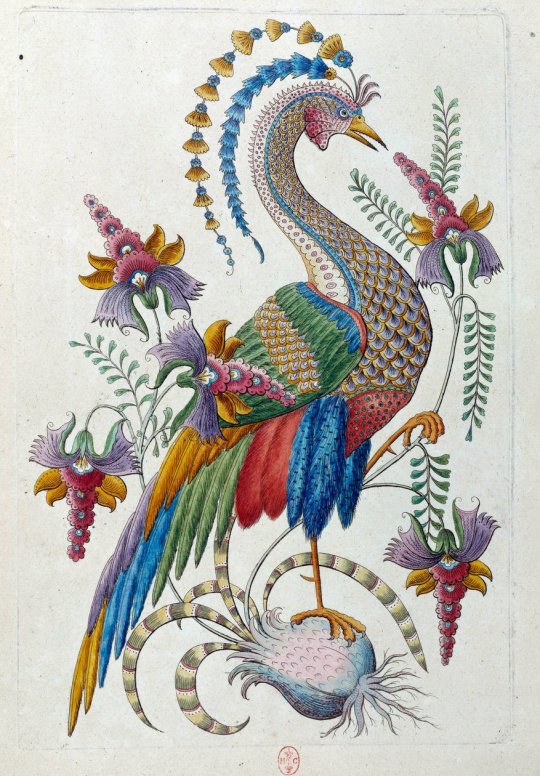
Jean-Antoine Fraisse’s “Fantastic Bird”
Many of Jean-Antoine Fraisse’s works draw inspiration from patterns found on Chinese porcelain. Compared to many European Chinoiserie artists, whose works were often based on imagination and reinterpretation, Fraisse’s works tend to align more closely with Eastern aesthetics, both in subject matter and technique. His piece “Fantastic Bird” almost entirely abandons the Italian-style shading and perspective, emphasizing a purely Eastern flat expression, highlighted by textures and intricate details rendered with precision. Jean-Antoine Fraisse employs the classic Eastern asymmetric composition, emulating the meticulous lines and fine brushwork, presenting the rich colors and light shading typical of detailed painting. The artwork, with its dreamlike and vivid quality, conveys auspicious symbolism through the mythical bird. The boundaries between the present and the past, the eternal and the fragile, dissolve into the intense and passionate colors, embodying an upward contemplation of a splendid life.
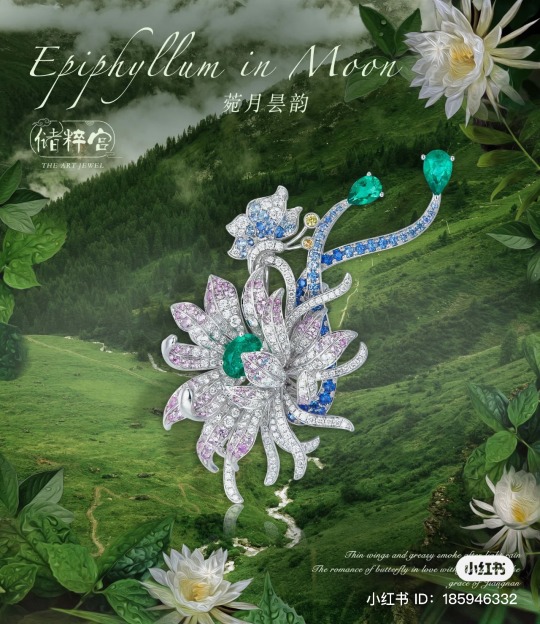
ChuCui Palace Epiphyllum in Moon Brooch
In addition to painting, the contemplation of life is also integrated into the works of Chinoiserie jewelry, represented by ChuCui Palace. Their piece “Epiphyllum in Moon” is rich in the dynamic curves characteristic of Chinoiserie, with fluttering flowers and leaves that flow gracefully. The varied lengths of the intertwined curves, whether ascending or descending, depict the intricate complexity of nature. The piece captures the fleeting bloom of the epiphyllum, which in Chinoiserie art symbolizes ephemeral beauty. In mythology, the epiphyllum often represents the eternal moment, a seeming paradox that signifies infinite meaning.
ChuCui Palace has innovatively combined the Chinese gongbi technique of layered color application with Western inlay methods, allowing colors to blend and diffuse like ink, creating a gentle and delicate poetic effect. The combination of flowers, leaves, and butterflies forms a harmonious interplay of points, lines, and surfaces. In composition, the work emphasizes both roundness and fullness, while intentionally incorporating asymmetrical lines reminiscent of wind and leaves, enhancing its graceful and natural aesthetic. The piece transcends temporal boundaries, surpassing mere craftsmanship, and captures an intuitive understanding of life. Though time passes and life is finite, the work resolves the paradox of the ephemeral and the eternal, providing a sense of life’s continuity in a softly flowing atmosphere.

The watercolor painting by Moses Griffith depicts the Chinese House at Shugborough Hall.
Another approach that is closer to nature and captures a more intuitive sense of life and aesthetic intuition is found in European Chinoiserie-style gardens. Chinese gardens first sparked particular interest in Britain, as they served as a template for breaking away from rigid European traditions. The aesthetic principles of Chinese gardens became the basis for analysis by 18th-century British literati, who regarded them as examples of “imitating nature” or “idealizing nature.” The layout of Chinese gardens, including waterfalls, artificial hills, canals and lakes, irregular slopes, railings, mysterious groves, and rocks, almost resembles miniature nature. Such designs were in contrast to the mainstream taste in European horticulture, which favored symmetry and regularity. Chinese gardens gradually presented different scenes — on mountains or by lakes, in forests or on wooden bridges, in courtyards or pagodas. Their sizes ranged from small areas in the backyard to landscapes reminiscent of the famous pastoral scenes in “Dream of the Red Chamber.” Chinese gardens embody the concept of wholeness, incorporating both the complexity of nature and the human experience of wandering, with spatial and temporal dimensions. Joseph Addison spoke highly of Chinese-style gardens, believing that the Chinese had “a natural Genius for hiding Art,” that “this kind of Beauty strikes the Imagination,” and that “there is a certain Majesty in Nature, which is more worth our Observation than all the fine Strokes and Features of Art.”
Simultaneously, the combination of gardening and architectural art, by constructing pagodas and Chinese-style buildings within the gardens, further reinforced the integration of diverse styles. This not only freed people from the strict rules and formal characteristics of classicism but also paved the way for the rise of Romanticism and individualism in 19th-century Britain.
In the exploration of life within 18th-century European art, Chinoiserie transcended mere praise of nature to become a profound reflection on the essence of life itself. Through Chinoiserie artworks, particularly in painting, sculpture, and decorative arts, people surpassed traditional European aesthetic concepts, delving into the diversity, complexity, and mystique of life. The Eastern aesthetic principles embodied in Chinoiserie, along with the imagination and pursuit of Eastern culture and nature, reflect humanity’s continual quest and exploration for the meaning of life. In Chinoiserie works, we can observe a deep respect and reverence for life, as well as profound reflections on nature, human emotions, and the spiritual realm. Therefore, Chinoiserie is not merely an artistic form but also a philosophical contemplation and expression of life, nature, and human existence.
0 notes
